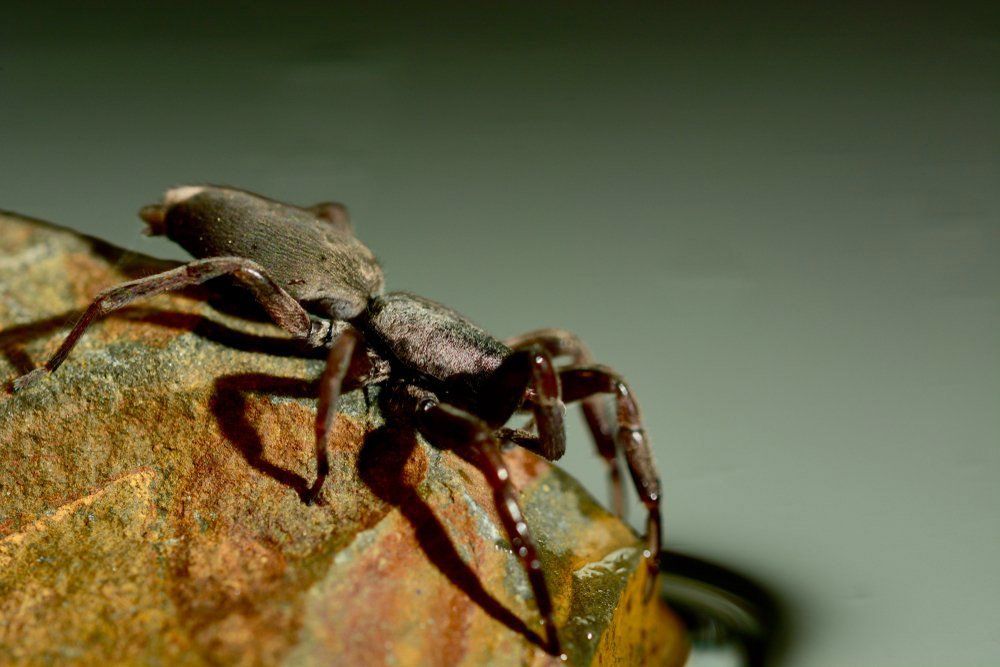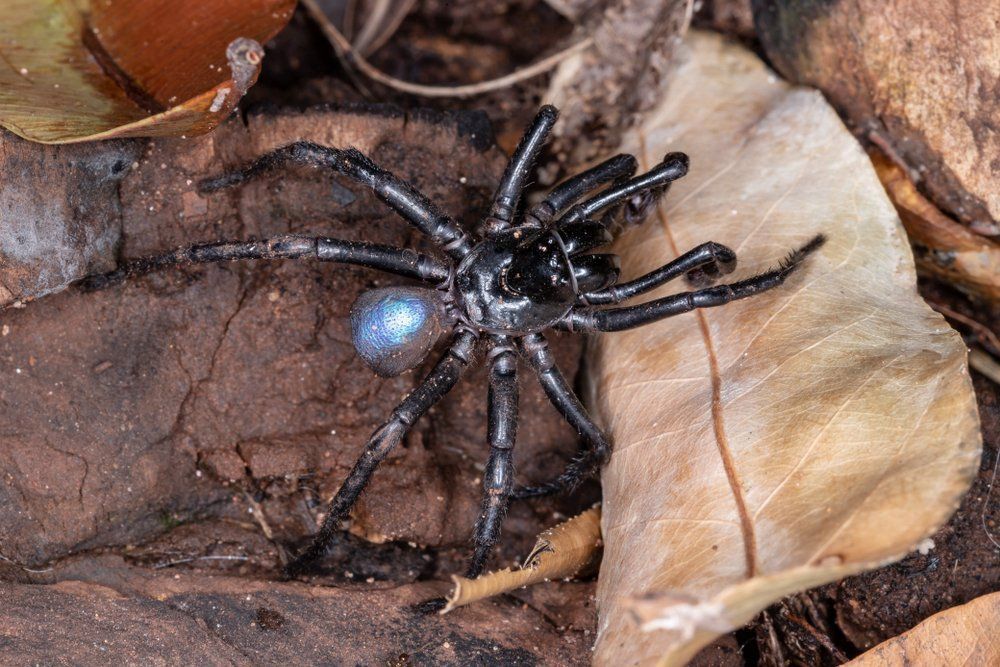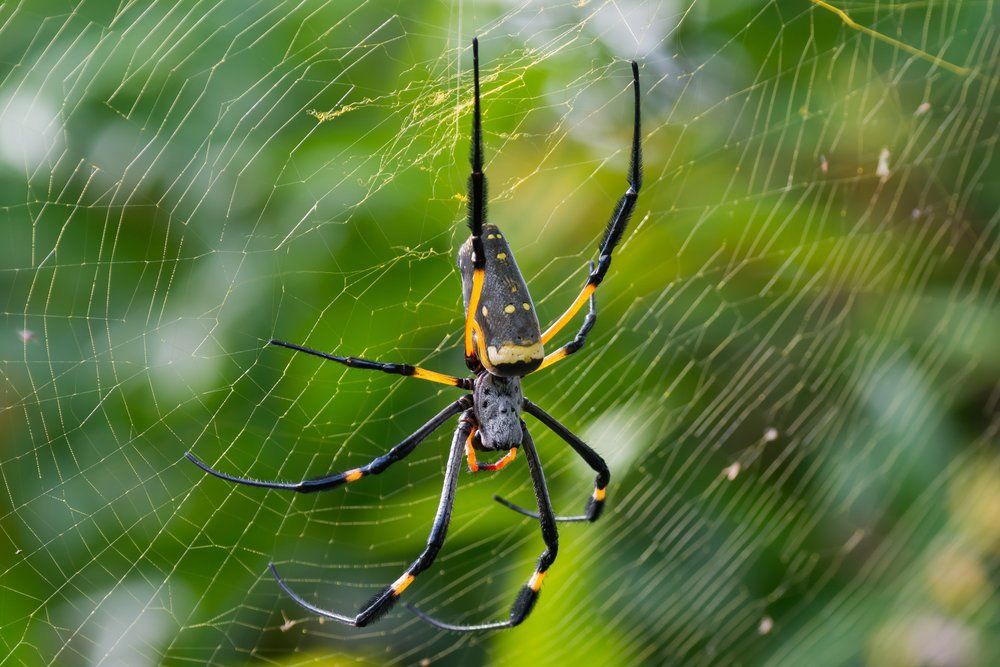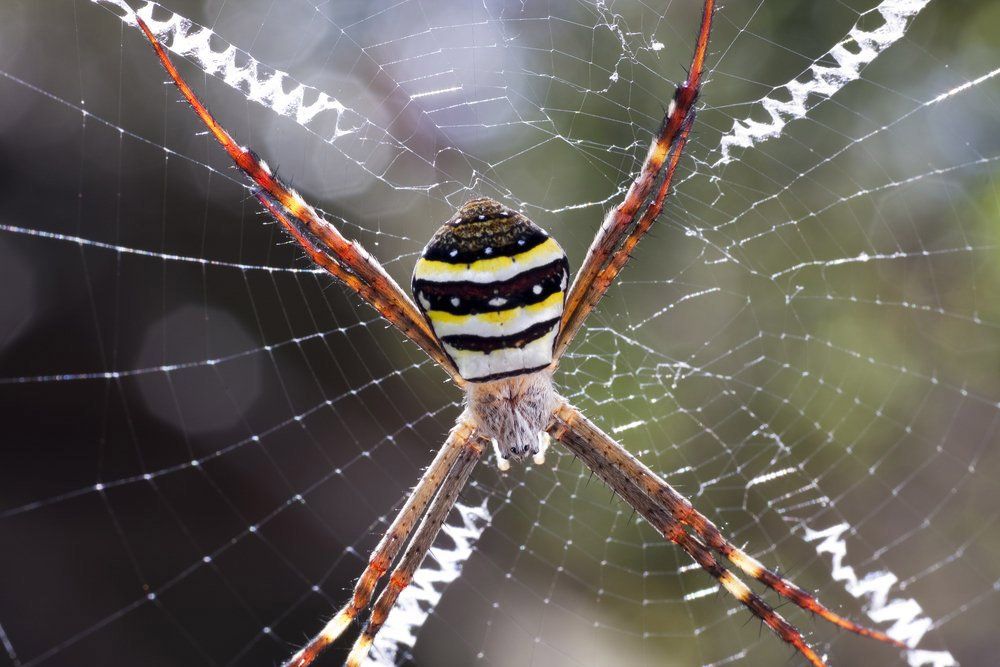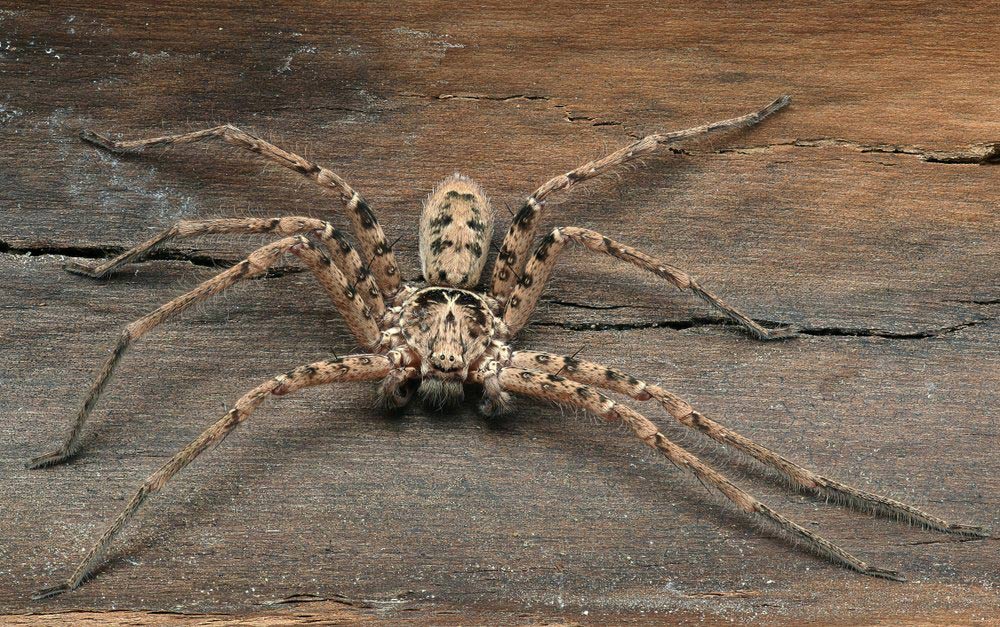Spider Pest Control Albury-Wodonga
What We Do At PPC
Our general pest treatment at Professional Pest Control creates a barrier around your home. We know spiders' behaviour and dwellings and how to best treat them. This treatment is designed to protect homes and businesses in the Albury-Wodonga region.
The chemicals we have carefully chosen have high stability in even the harshest environments like Australia—this means they will not degrade rapidly and protect your home for longer. They are low irritant and low allergenic water-based solutions; they only target pests, leaving your family safe from nasties.
If you have booked or are considering our general pest treatment for the removal of spiders, wasps, cockroaches or other pests, please see the attached before and after information sheet below.
Red Back Spider:
Toxic - YES. The Redback spider inflicts a painful bite; this venom affects the nervous system. Symptoms include initial pain around the site of the bite, localised sweating, headache, nausea, vomiting, abdominal pain and hypertension. Symptoms may be exaggerated in the young or elderly and can cause death.
An effective antivenom is available.
Dwelling – prefers a dry habitat. Often found in dark garages/ garden sheds, within cracks or holes in walls and under the ledges of bins. Their movements are generally nocturnal, which is why you rarely see them in the day.
ID- Female is black with a red stripe on her body; she is larger than the male. Male is smaller and generally predominantly black or brown.
White Tail Spider:
Toxic- Yes. The bite of a white tail spider results in local pain, redness, swelling and itchiness. Ulcers, skin infection and necrosis have been attributed to bites; these symptoms are treated with antibiotics and can be difficult to treat effectively.
Dwelling- They tend to seek out their prey versus spinning a web to capture; they live in gardens and inside homes. Whitetails have been found in the beds of our customers and generally come in with the laundry; therefore our technician will treat your clothesline.asties.
ID- Predominantly brown/ black appearance with a white stripe on the abdomen. Not all white tail spiders have this stripe on their abdomen, but they all have a long and slender body in comparison to other spiders.
Mouse Spiders:
Toxic- Yes. Both males and females have large fangs but will rarely bite unless provoked.
Dwelling- Live in burrows that provide refuge from predators and high temperatures.
ID-Black/brown and compact these spiders can range from 1cm to 3cm, with the females being larger. They have high broad heads with eyes spread out across the front of their head.
Black House Spider:
Toxic- Yes. Both males and females have large fangs but will rarely bite unless provoked.
Dwelling- Live in burrows that provide refuge from predators and high temperatures.
ID-Black/brown and compact these spiders can range from 1cm to 3cm, with the females being larger. They have high broad heads with eyes spread out across the front of their head.
Wolf Spider:
Toxic- Yes. Only if provoked and tend to flee before biting. The bite is painful and will result in swelling, inflammation, itchiness and maybe necrotic.
Dwelling- generally nocturnal and can be found anywhere around the home but particularly around verandas and outside window frames.
ID- Range from 0.5-35mm in size. They have a robust dark brown/ black body.
Trap Door Spiders:
Toxic- yes, but with no associated severe side effects. Initially, pain and swelling can result.
Dwelling- generally found in the garden and rarely inside the house, they prey on garden pests and can be helpful within the garden.
ID- Dull brown and covered in hair with short, blunt legs. Size can range between 1cm-3cm.
Orb Weaving Spiders:
Toxic- Non-toxic but can cause redness and itchiness.
Dwelling- within the garden and trees; they are known for their large and particularly coarse webs.
ID- Very large abdomen and can range in colour from pale brown/grey to dark tan. They have a leaf-shaped pattern on top of their abdomen and may have several white or brown spots.
St. Andrews Cross Spider:
Toxic- Non-Toxic to humans
Dwelling- Large webs can be found on fence lines and garden areas but tend to stay away from the home.
ID- can range from 3-16mm in size and are named for their bright web decorations. Females have silvery legs and a multicolour abdomen with two yellow stripes under their abdomen. Younger spiders are creamy in colour.
Huntsman Spider:
Toxic- Non-Toxic to humans
Dwelling- They do not spin webs and hunt for their food. Maybe found inside the home around the eves but generally steer clear of the house.
ID- Generally range in colour from dark brown to grey. Their heads are large with tapered bodies and are covered in fine hair that’s generally visible.
